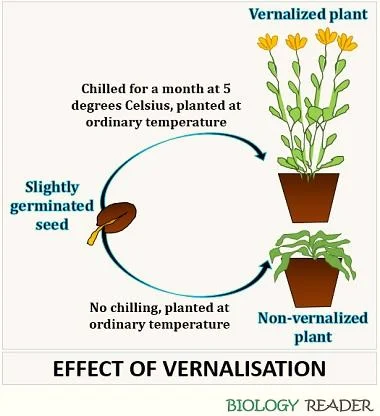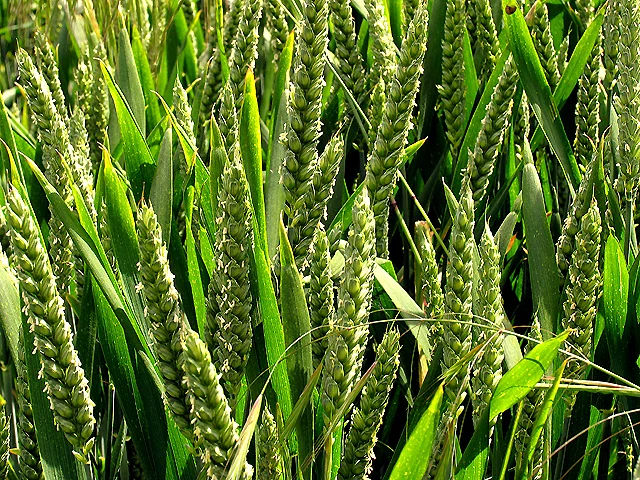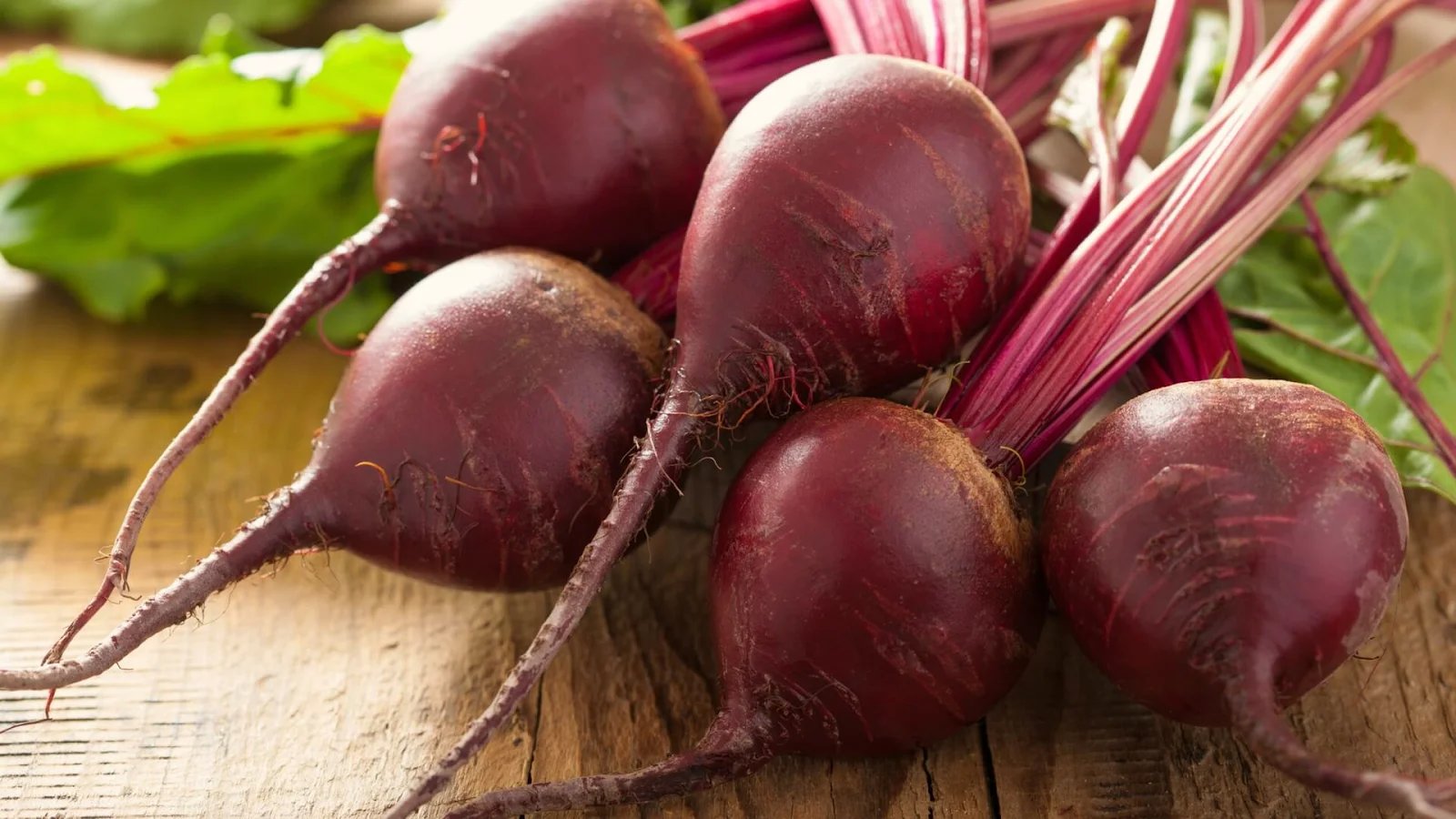Soil Types: Soil is a natural resource broadly defined as the loose top layer of the earth made up of disintegrated rock, humus, inorganic and...

Soil Types: Sandy, Loamy, Clayey and Uses
December 18, 2024
Vernalisation: In plants, it is not just light that influences flowering, but the temperature is another vital factor that affects the development of a flower. This phenomenon in which the flowering is induced on a low-temperature treatment is called Vernalisation. Photoperiodism is the primary process involved in blooming a flower in a plant when a specific duration of light is provided.
In contrast, Vernalisation is the secondary process of flowering, which is mainly dependent on the temperature provided. Let us go through this article to understand how temperature affects flowering in plants.
A Russian Scientist, T.D Lysenko, first introduced the term Vernalisation in the year \(1920.\) The word Vernalisation is derived from Latin ‘Vernum’ meaning ‘Spring’. Vernalisation is the low-temperature treatment given to water-soaked seeds, slightly germinated seed or seedlings to hasten the flowering process. According to Chouard, “Acceleration of ability to produce flowering by chilling treatment \(\left( {{1^ \circ }{\rm{C}} – {{10}^ \circ }{\rm{C}}} \right)\) is called Vernalisation.” Spraying gibberellins is a substitute for cold treatment, i.e. Vernalisation. Temperature affects flowering both quantitatively and qualitatively.

Fig: Vernalisation
The examples of vernalisation are as follows:
1. Spring varieties and winter varieties are the two types of varieties found in important food plants like wheat, barley, and rye.
(a) Spring Varieties: The spring varieties are planted in spring and generally come to flower and produce grain before the same growing season.
(b) Winter Varieties: The winter varieties are planted in the autumn season. If they are planted in spring, they will not flower to produce grains. Thus, the winter varieties are planted in the winter season (September to October), and they germinate during the winter season and remain as seedlings. Such varieties resume their growth in the spring season and are harvested by mid-summer.

Fig: Example of Spring and Winter Varieties
2. Biennial Plants: Those plants with a life cycle of about two years, during which they produce flowers in the second year, are called biennial plants. The plants show primary growth, i.e. development of root, shoot, leaves, etc., in the first year of development, while the flowering occurs in the second year of their life cycle. These plants can be forced to produce flowering in the very first year by the cold treatment or vernalisation. Examples of biennial plants are carrot, beet, cabbage, turnip, etc.

Fig: Example of Biennial Plants
The Vernalisation process depends on the following factors:
1. Low Temperature: The low temperature required for vernalisation treatment is between \({1^ \circ }{\rm{C}} – {10^ \circ }{\rm{C}}.\) However, the majority of the plant’s temperature between \({0^ \circ }{\rm{C}} – {4^ \circ }{\rm{C}}\) is considered optimum.
a. The effect of vernalisation can be reversed by treating the plant at a high temperature, i.e. above \({40^ \circ }{\rm{C}}\) for \(3-4\) days. This phenomenon is called Devernalisation.
b. The duration of treatment varies from a few hours to a few days depending on the plant species.
2. Water: Proper humidity in the environment and moisture in plant parts is essential for perceiving the stimulus for vernalisation.
3. Actively Dividing Cells: Vernalisation cannot take place in dry seeds. The stimulus is perceived only by actively dividing cells. So, the seeds must be germinated as they contain an active embryo. Also, the shoot apical meristem is the ideal site for perceiving stimulus for vernalisation.
4. Nutrition: Proper nourishment is required for vernalisation to occur. As vernalisation takes place in the actively dividing cells, the metabolic rates are high, and thus the need for metabolites is also high.
5. Oxygen: Vernalisation takes place in cells having high metabolic rates. These cells generally undergo aerobic respiration, and thus the requirement for oxygen increases during vernalisation.
The mechanism of vernalisation is explained by two main theories, i.e. chemical nature theory and phase development theory.
1. Chemical Nature of Vernalin: G. Melchess studied vernalisation and believed that a hypothetical hormone named Vernalin is produced during the low-temperature treatment.
a. The stimulus is received by the dividing cells of the shoot, i.e. apical meristem or embryo tip.
b. The vernalin hormone induces a physiological change in the plant that induces flowering.
c. However, some physiologists believe the plant growth hormone gibberellins increases during vernalisation.
2. Phasic Development Theory: Russian physiologist Lysenko put forward the phasic development theory. He proposed that every plant passes through two phases of development, i.e. thermophase and photophase. Environmental factors control these two phases.
a. Thermophase: Thermophase is the early phase of life and requires a definite temperature for development. It is mainly applied for the growth of seeds and seedlings.
b. Photophase: Photophase is the late phase of life and requires a definite light and dark period for flowering.
The advantages of Vernalisation are as follows:
1. Vernalisation increases the yield of plants.
2. Resistance to cold or frost is increased.
3. Resistance to different types of fungal diseases is increased.
4. It induces early flowering.
5. It reduces the vegetative period of the plant.
6. The winter variety crops can be converted to spring variety.
7. Crops can be grown in a field at an early period that helps in agriculture.
8. The tropical plants can be grown in temperate areas where they do not grow in most cases.
9. It can remove kernel wrinkles in wheat and rye hybrids.
10. Biennials can be converted into annuals.
The difference between Vernalisation and Photoperiodism are mentioned in the table below:
| Characteristics | Vernalisation | Photoperiodism |
| Process | 1. It is an artificial treatment. | 1. It is a natural process and can be induced artificially too. |
| Main Factor | 2. It responds to the cold temperature. | 2. It responds to the length of day and night or light. |
| Outcome | 3. It induces early flowering. | 3. It regulates plant development as well as early flowering. |
| The reverse of the Effect | 4. This process is reversed by exposure to high temperatures. | 4. This process is reversed by exposure to unfavourable photoperiods. |
Low temperature is an essential factor that is involved in the early flowering of a plant. According to Chouard, “Acceleration of ability to produce flowering by chilling treatment \(\left( {{1^ \circ }{\rm{C – 1}}{{\rm{0}}^ \circ }{\rm{C}}} \right)\) is called Vernalisation.” Spraying gibberellins is a substitute for cold treatment, i.e. Vernalisation. Biennials plants can be made to flower in one year, i.e. converted into annuals by the cold treatment. By satisfying the cold requirement of many temperate-zone plants, the blooming of flowers can occur earlier than usual or in warm climates that lack the required seasonal cold.
Vernalisation is prominent in actively dividing cells and requires oxygen, nutrients, and low temperature for a varied duration to induce flowering. Temperature affects flowering both quantitatively and qualitatively.
Q.1. What are the sites for Vernalisation?
Ans: The sites for Vernalisation are:
a. The low-temperature stimulus is perceived by the shoot apex of a mature stem or embryo of the seed.
b. The metabolically active apical meristem is the site for vernalisation.
c. Younger leaves are more receptive to vernalisation.
Q.2. What are the examples of Vernalisation?
Ans: The examples of Vernalisation are wheat, barley, beets, carrots, cabbage, biennials, etc.
Q.3. What is Vernalisation?
Ans: A Russian Scientist, T.D Lysenko, first introduced the term Vernalisation in the year \(1920.\) The word Vernalisation derived from Latin ‘Vernum’ meaning ‘Spring’. Vernalisation is the low-temperature treatment given to water-soaked seeds, slightly germinated seed or seedlings to hasten flowering time.
Q.4. What are the factors required for Vernalisation?
Ans: 1. Low Temperature: The low temperature is required for vernalisation treatment between \({{1^ \circ }{\rm{C – 1}}{{\rm{0}}^ \circ }{\rm{C}}}.\) However, the majority of the plant’s temperature between \({{0^ \circ }{\rm{C – }}{{\rm{4}}^ \circ }{\rm{C}}}\) is considered optimum. The duration of treatment varies from a few hours to a few days depending on the plant species.
2. Water: Proper humidity in the environment and moisture in plant parts is essential for perceiving the stimulus for vernalisation.
Q.5. What are the differences between Vernalisation and Photoperiodism?
Ans: The difference between Vernalisation and Photoperiodism are mentioned in the table below:
| Characteristics | Vernalisation | Photoperiodism |
| Process | 1. It is an artificial treatment. | 1. It is a natural process and can be induced artificially too. |
| Main Factor | 2. It responds to the cold temperature. | 2. It responds to the length of day and night or light. |
Q.6. What is devernalisation?
Ans: The effect of vernalisation can be reversed by treating the plant at a high temperature, i.e. above \({{{40}^ \circ }{\rm{C}}},\) for \(3-4\) days. This phenomenon is called devernalisation.
Q.7. What are the advantages of Vernalisation?
Ans: The advantages of Vernalisation are:
1. Vernalisation increases the yield of plants.
2. Resistance to cold or frost is increased.
3. Resistance to different types of fungal diseases is increased.
4. It induces early flowering.
We hope this detailed article on Vernalisation helps you in your preparation. If you get stuck do let us know in the comments section below and we will get back to you at the earliest.